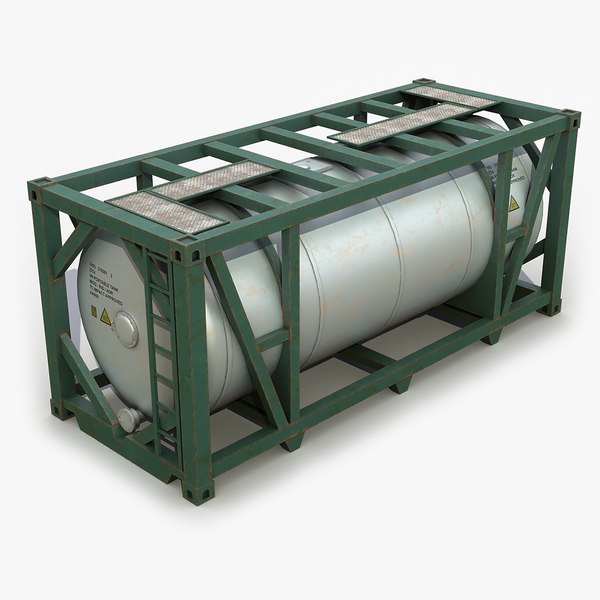
These rules provide strategies of calculation and steering for national securities exchanges, designated contract markets, registered DTEFs, and foreign boards of commerce in determining whether or not a safety index is slender-primarily based underneath the Exchange Act. Securities Markets Coalition ("Coalition"),139 raised concerns over certain tax implications that these markets consider outcome from the definition of narrow-primarily based security index and the rules as proposed. As well as, the SEC believes that it's not empowered to undertake the equivalent of CEA Rule 41.14 beneath the Exchange Act, which provides relief for futures on indexes that grow to be broad-primarily based, as a result of the SEC has no jurisdiction over broad-based mostly safety index futures. The SEC additionally received several feedback relating to potential prices that is likely to be incurred unless completely different criteria for the definition of slim-primarily based security index are adopted to accommodate indexes comprised of foreign securities.170 The SEC notes that the Commissions have adopted Rules 41.13 below the CEA and 3a55-3 beneath the Exchange Act, which establish that when a futures contract on a safety index is traded on or topic to the foundations of a foreign board of commerce, that index will not be thought-about a slender-based security index if it wouldn't be a narrow-based safety index if a futures contract on such index were traded on a chosen contract market or registered DTEF.

Two commenters raised points concerning the remedy of futures on Exchange Traded Funds.140 The Commissions imagine that these issues fall outdoors the scope of the present rulemaking and won't deal with them on this context. The present burden hour estimate for Rule 17a-1, as of July 20, 1998, is 50 hours per 12 months for every exchange.160 In the Proposing Release, the SEC estimated that it might take each of the 11 national securities exchanges, together with notice-registered nationwide securities exchanges, anticipated to trade futures contracts on security indexes one hour yearly to retain any documents made or received by it in determining whether an index is a narrow-based safety index. As to the determination of which indexes qualify as broad-based and that are treated as slender-primarily based, the tax legal guidelines incorporate by reference the definition of slender-based mostly security index within the Exchange Act. 2. Burden Hours National securities exchanges, together with discover-registered national securities exchanges, that commerce futures contacts on security indexes shall be required to comply with the recordkeeping requirements beneath Rule 17a-1. National securities exchanges, including discover-registered nationwide securities exchanges, will probably be required to retain and retailer any paperwork associated to determinations made utilizing the definitions in Exchange Act Rule 3a55-1 for a minimum of five years, the primary two years in an easily accessible place.
The CFMA requires that the determinations as to market capitalization and dollar worth of ADTV, and thus the status of a securities index as narrow-based or broad-based, be made, while Exchange Act Rule 17a-1 simply requires that such determinations be retained. Accordingly, to adjust to these recordkeeping necessities, a national securities exchange, together with a discover-registered nationwide securities exchange, that lists or trades futures contracts on slender-based mostly security indexes might be required to preserve information of any calculations used to determine whether or not an index is slim-primarily based.158 B. Total Annual Reporting and Recordkeeping Burden 1. Capital Costs Rule 17a-1 beneath the Exchange Act requires a nationwide securities exchange, together with any notice-registered nationwide securities exchange, that trades futures contracts on a slim-primarily based safety index to keep on file for a period of no less than five years, the primary two years in an easily accessible place, all data regarding their determinations that such indexes had been slim-primarily based. https://Coin-viewer.com noted that a single compiler of the lists will result in consistent treatment of futures on safety indexes.
The CFMA lifted the ban on the buying and selling of futures on single securities and on narrow-based security indexes and established a framework for the joint regulation of these merchandise by the CFTC and the SEC. The CFTC believes good cause exists for the principles to become effective on August 21, 2001, so that eligible contract participants might start buying and selling the new products as contemplated by the CFMA. The CFMA gives that principal-to-principal transactions between certain eligible contract participants in safety futures merchandise may begin on August 21, 2001, or such date that a futures affiliation registered beneath Section 17 of the CEA meets the requirements in Section 15A(k)(2) of the Exchange Act.143 The CFMA lifted the ban on, and permits the buying and selling of, futures contracts on single securities and on slim-based security indexes. The SEC proposed these guidelines on May 17, 2001. The preliminary remark interval for the foundations expired on June 18, 2001. The comment interval, nonetheless, was extended by the CFTC and the SEC until July 11, 2001. After reviewing and contemplating the feedback received, the SEC is adopting the rules, which offer the strategies for markets to find out whether or not a safety index is slim-based mostly or broad-based mostly as required by the Exchange Act, as amended by the CFMA.
